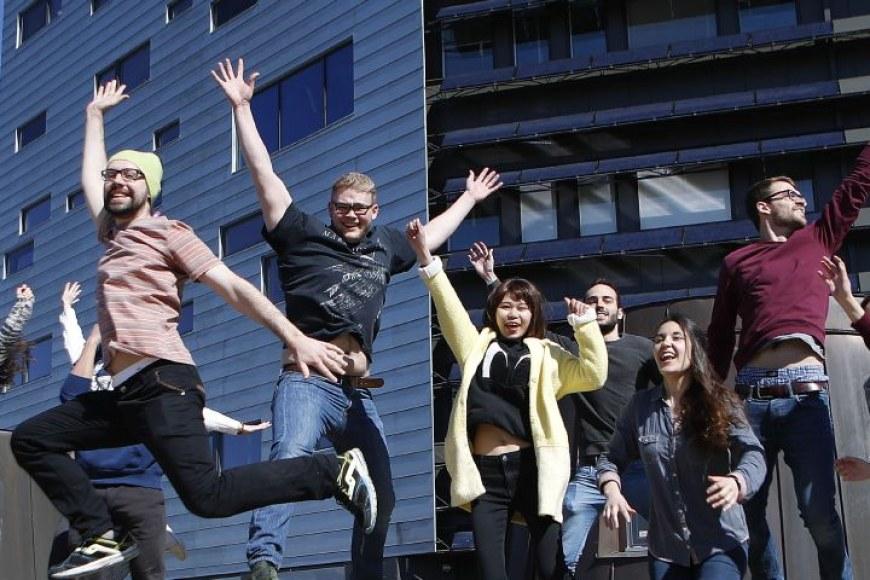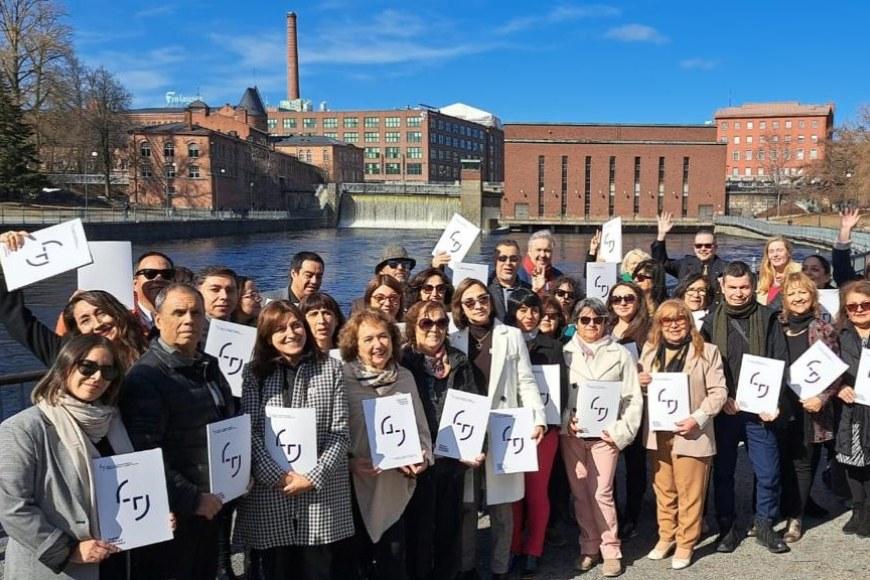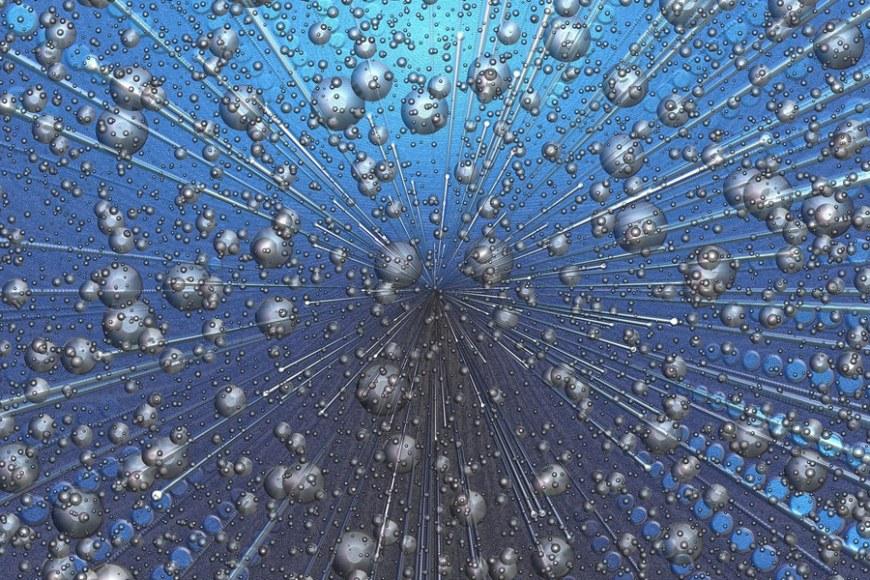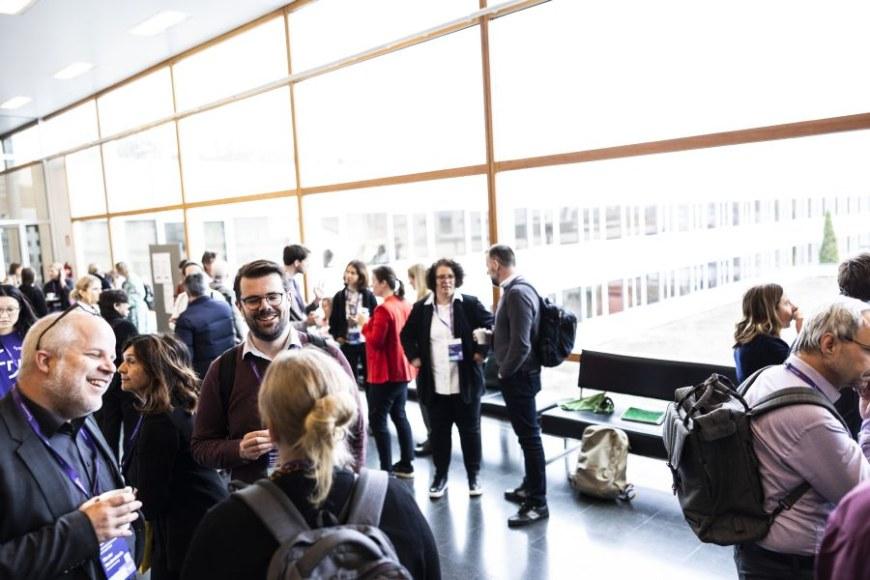Creativity led to the survival of Homo sapiens, a new genetic study shows
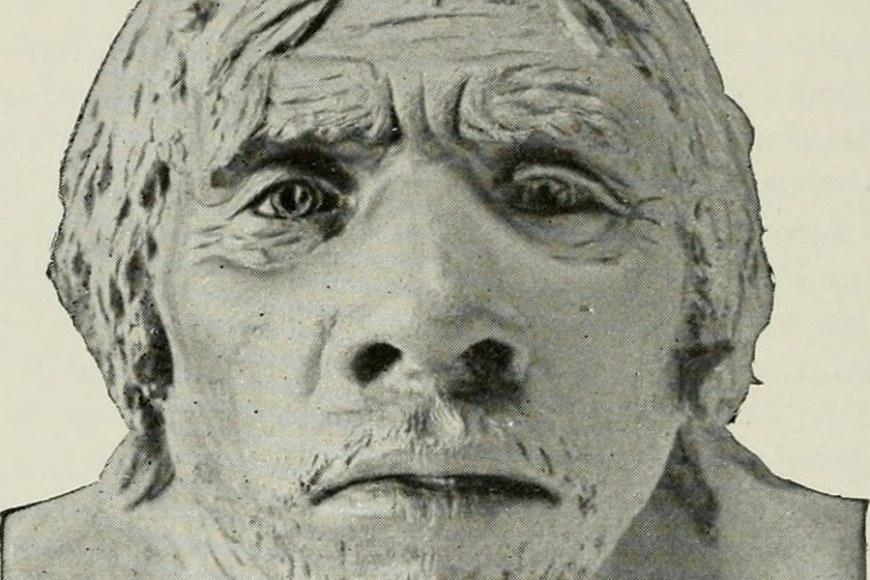
The genetic study is based on the unique data from the Cardiovascular Risk in Young Finns study (LASERI).
LASERI researchers identified 267 genes affecting emotional responsiveness, self-control, and self-awareness which are only found in Sapiens.
“These genes prove that the development of creativity was the ‘secret weapon’ in the evolution and survival of Sapiens which our cousins the Neanderthals did not have. This remarkable gene discovery opens a new window into our history and significantly increases our understanding of the important role the development of human self-awareness played in evolution,” says Professor Terho Lehtimäki from Tampere University.
Professors Lehtimäki (genetics) and Liisa Keltikangas- Järvinen (psychology) carried out the project with their colleagues in Finland (LASERI research group), the United States (neuroscience and palaeoanthropology) and Spain (artificial intelligence research).
Discovered genes regulate human adaptation
The 267 genes now identified were found in a larger group of 972 genes previously identified by the same research group.
“Together, these 267 genes account for almost all of the congenital variations in temperament and personality traits that regulate human adaptation to changes in the environment, such as how people adapt to unpredictable threats like climate change, infectious diseases, social conflicts and reduced access to the resources humans need for survival,” Lehtimäki says.
The results of the study were published in the prestigious Nature Molecular Psychiatry journal under the title Evolution of genetic networks of human creativity.
The article is the fifth publication by the same research group in a series describing the genetic structure of human temperament, character traits, and personality.
The study compared the evolution of genes
The evolution of the 267 genes identified in the study were compared between chimpanzees, Sapiens’ DNA and ancient DNA from extinct Neanderthals found in Eurasia and Europe.
“We discovered that genes specific to modern humans encode a brain network of self-awareness and regulate processes that give Sapiens the ability and ‘secret weapon’ to be creative in the narrative arts and sciences. It also enables Sapiens to be more social and to live longer by being more resistant to ageing, injury and disease,” Lehtimäki explains.
After the most creative, sociable, and physically robust homines sapientes migrated from Africa 65,000–55,000 years ago, they gradually displaced Neanderthals and other human species, all of which became extinct approximately 40,000 years ago.
Regulating the expression of protein coding genes was the key
Most of the genes distinguishing Sapiens from Neanderthals and chimpanzees are RNA-derived regulatory genes, not DNA-derived protein coding genes.
Of the genes unique to Sapiens, 95% are not protein coding but mostly associated with long non-coding RNAs (70%) in the genetic network that regulates human self-awareness.
“Most of the protein coding genes of Sapiens, Neanderthals and chimpanzees are similar, meaning that what distinguishes these species from each other is the regulation of the expression of their protein coding genes,” Lehtimäki says.
Sapiens learn and adapt
The multidisciplinary study combines the latest methods in molecular genetics, psychology, neuroscience, palaeoanthropology, and computer science.
“Our group was able to replicate the results based on Finnish data in most other cultures. We did this with a genetic and detailed psychological analysis covering the entire genome of the people studied, which was combined with a new type of computational method using artificial intelligence,” says Lehtimäki.
“Our genes do not dictate or determine our behaviour meaning that we can learn from experience and adapt our behaviour,” Lehtimäki explains.
“Human creativity, sociality and healthy longevity increased in response to the need to adapt to harsh and diverse conditions and to communicate in large social groups 400,000–100,000 years ago. Today, we are facing similar challenges due to the COVID-19 pandemic and must adapt creatively, just as our ancestors did, to the challenges of their time,” says Lehtimäki.
I. Zwir, C. Del-Val, M. Hintsanen, K.M. Cloninger, R. Romero-Zaliz, A. Mesa, J. Arnedo, R. Salas, G.F. Poblete, E. Raitoharju, O. Raitakari, L. Keltikangas-Järvinen, G. de Erausquin, I. Tattersall, T. Lehtimäki, C. R. Cloninger. Evolution of Genetic Networks for Human Creativity. Mol Psychiatry 2021.
Doi http://doi.org/10.1038/s41380-021-01097-y
Enquiries:
Professor Terho Lehtimäki, terho.lehtimaki [at] tuni.fi
Photo: Internet Archive Book Images / Wikimedia Commons
